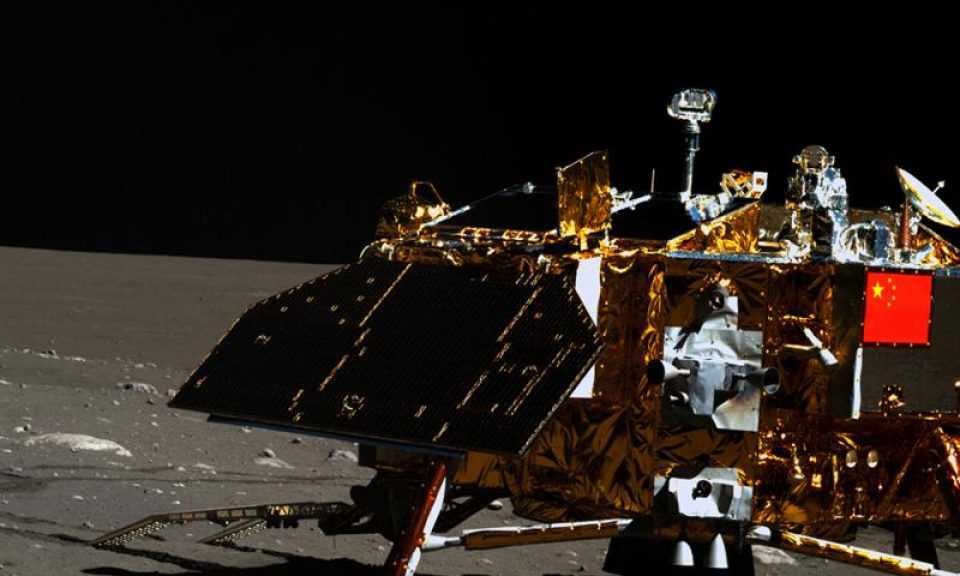So far so good for Chinese lunar probe
13 December, 2018

China’s Chang’e 4 probe has now entered lunar orbit, making steady headway towards the first-ever soft landing on the far side of the moon by a man-made spacecraft.
The saucer-shaped probe comprising a lander and a rover is named after the lunar goddess of ancient Chinese folklore. It has now swung through the earth-moon Lagrangian point on its 384,400-kilometer trek, after being catapulted into space atop a Long March-3 heavy duty rocket last Saturday.
Launch of the Chang’e 4 on December 8 from China’s Xichang satellite launch center in western Sichuan province. Photo: Xinhua
China’s National Space Administration said ground control had ignited a reverse-thrust engine at 4:45 pm on Wednesday, when the probe was some 130 km above the moon’s surface. This was for it to decelerate and enter an elliptical lunar orbit.
The Chang’e 4 has been following its designed route with almost unerring precision and two further planned tweaks to its trajectory before the near-moon deceleration turned out to be unnecessary, according to Xinhua.
Now all eyes await the Chang’e 4’s first sighting by the Queqiao (Mandarin for “magpie bridge”), a satellite in position with clear views of both the moon’s far side and earth. The satellite will relay communications between Beijing and the probe’s location on the dark side of the moon.
After that, engineers at the Beijing control center can sit back and hope to witness the uneventful landing of the probe, likely on 3 January 2019, in the moon’s South Pole–Aitken crater basin.
Much of the Chang’e 4 lander and rover design is modeled after the Chang’e 3 and its Yutu (jade rabbit) rover. The total landing mass is said to be 1,200kg including a vital radioisotope heater unit to heat its subsystems during the long lunar nights and to power all operations. The solar-powered, six-wheel rover measures 1.5 × 1.0 × 1.0m and has a mass of 140kg.
The Chang’e 4 will be the first spacecraft ever to land on and explore the moon’s far side. Photo: Xinhua
The Chang’e 4’s planned one-year mission will include low-frequency radio astronomical observations to study cosmic rays and solar corona, terrain and geological surveys as well as measuring the neutron radiation and neutral atoms to learn more about the environment on the moon’s far side, according to CNSA.
The probe carries detectors and other scientific payloads developed by partners from the Netherlands, Germany, Sweden and Saudi Arabia.
China’s Lunar Exploration Program is being carried out in three phases of incremental technological advancement; the program’s first lunar landing was accomplished by the Chang’e 3 in December 2013.
Beijing’s ultimate ambition is to send Chinese astronauts, or taikonauts there in the 2030s, and possibly to build an outpost near the moon’s south pole.
TAG(s):
